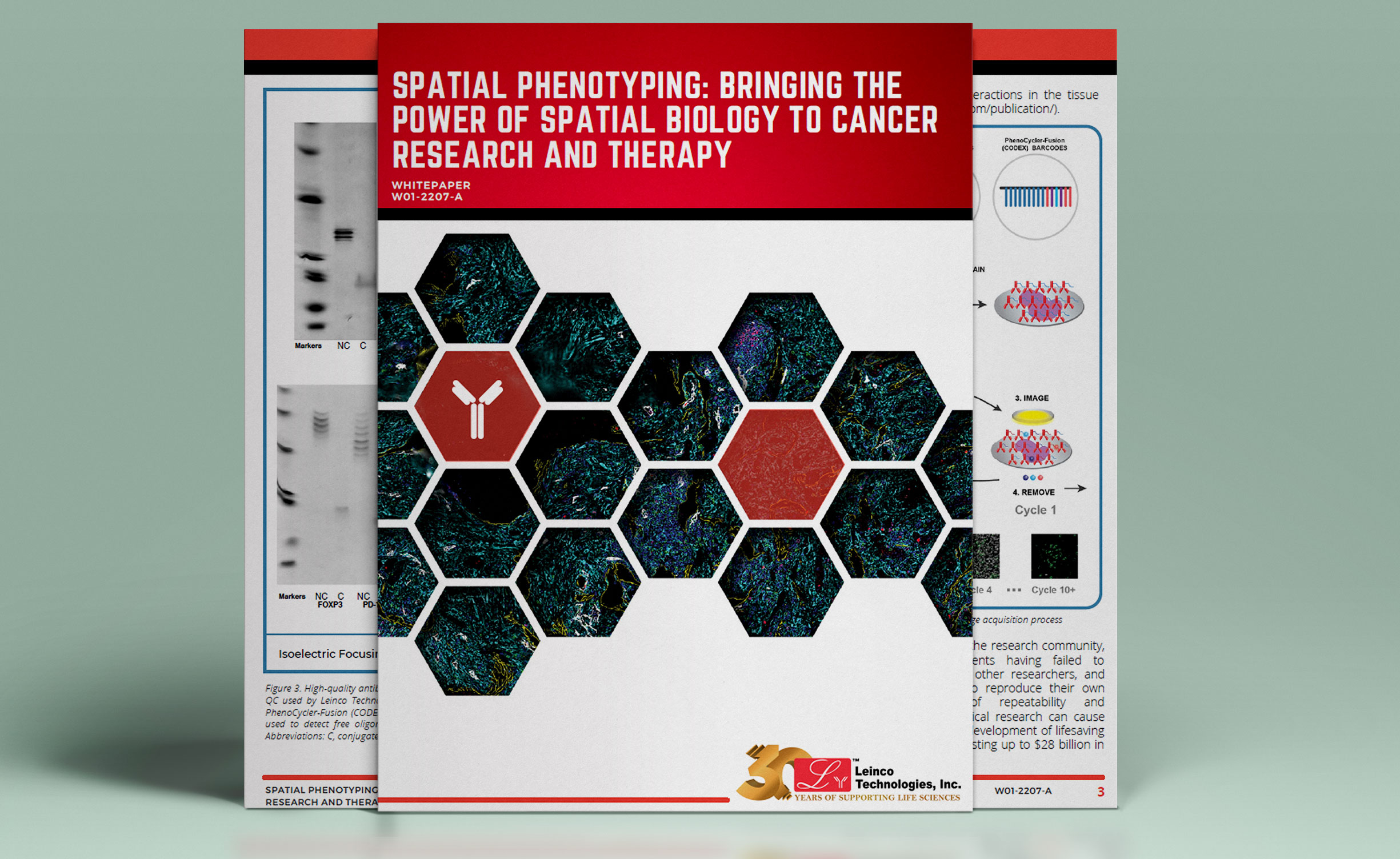Spatial Phenotyping: Bringing the Power of Spatial Biology to Cancer Research and Therapy
Insights into biological processes and the resulting improvements in health care have been powered by many advances, including insights into the structure of tissues and the identification of informative biomarkers. Biology is all about context and the complete set of molecular interactions both within a particular cell (the interactome) and between cells. This means that further progress relies on putting biomarkers into their spatial context in tissues. The need to understand context and interaction has led to the development of spatial biology, which involves studying the diverse cellular landscape across multiple dimensions. Spatial biology includes determining which cells are present, their location, their biomarker patterns, and how they are organized and interact with each other. The result is a 2D or 3D model of the tissue microenvironment. Spatial-omics (or spatial multiomics), which integrates and visualizes transcriptomic and proteomic data, plays a major role in this process.

Gain access to the whitepaper by filling in the form below.

